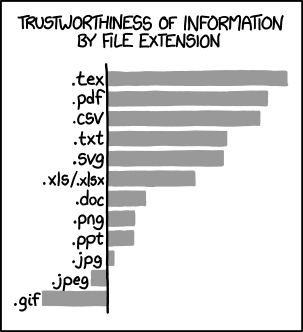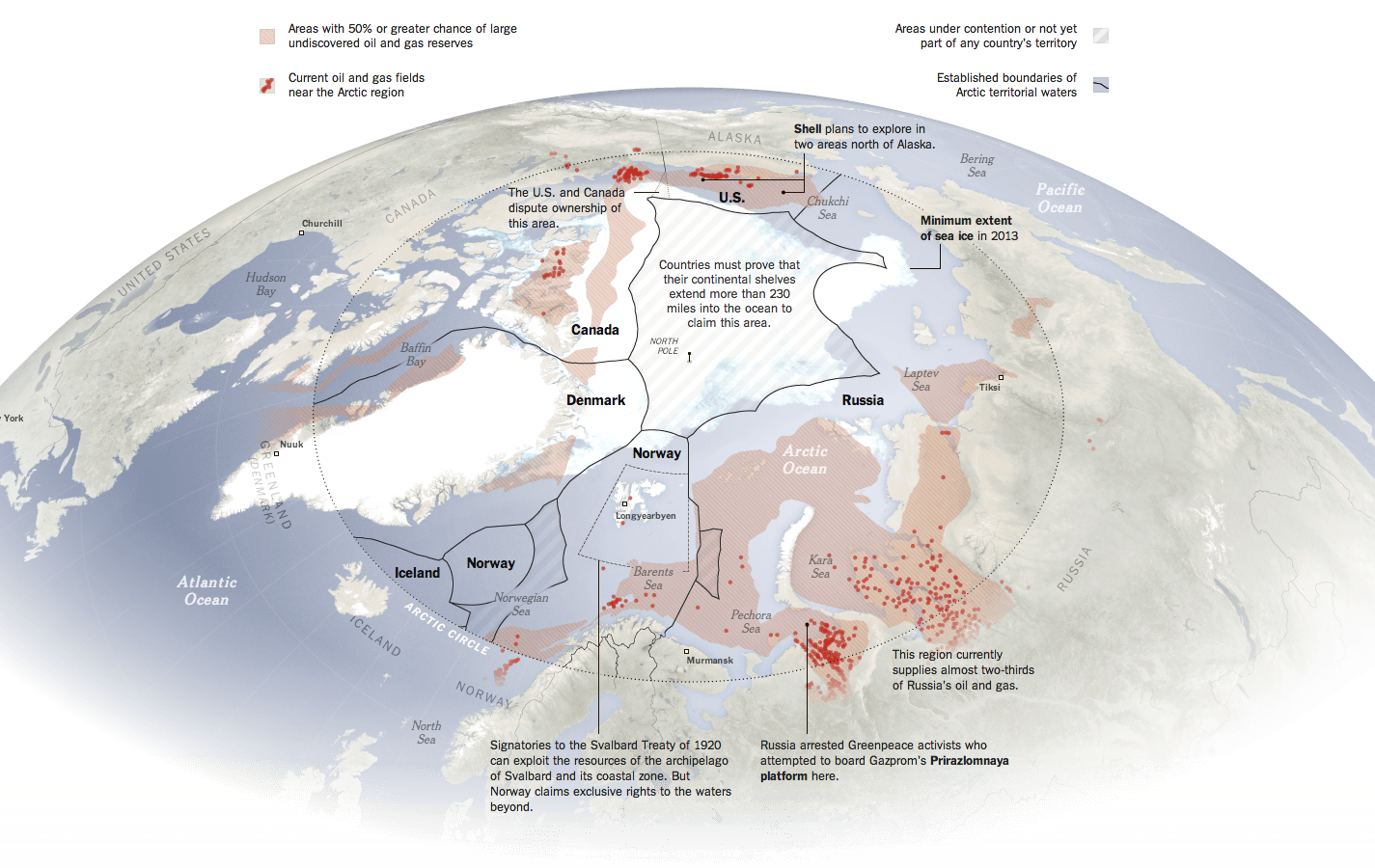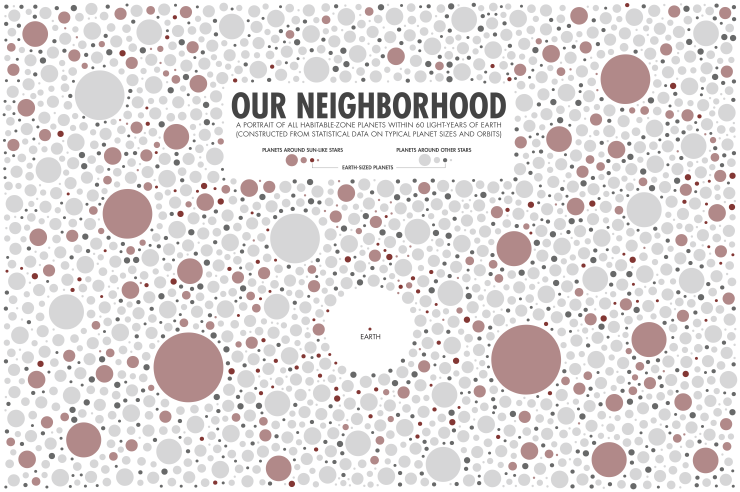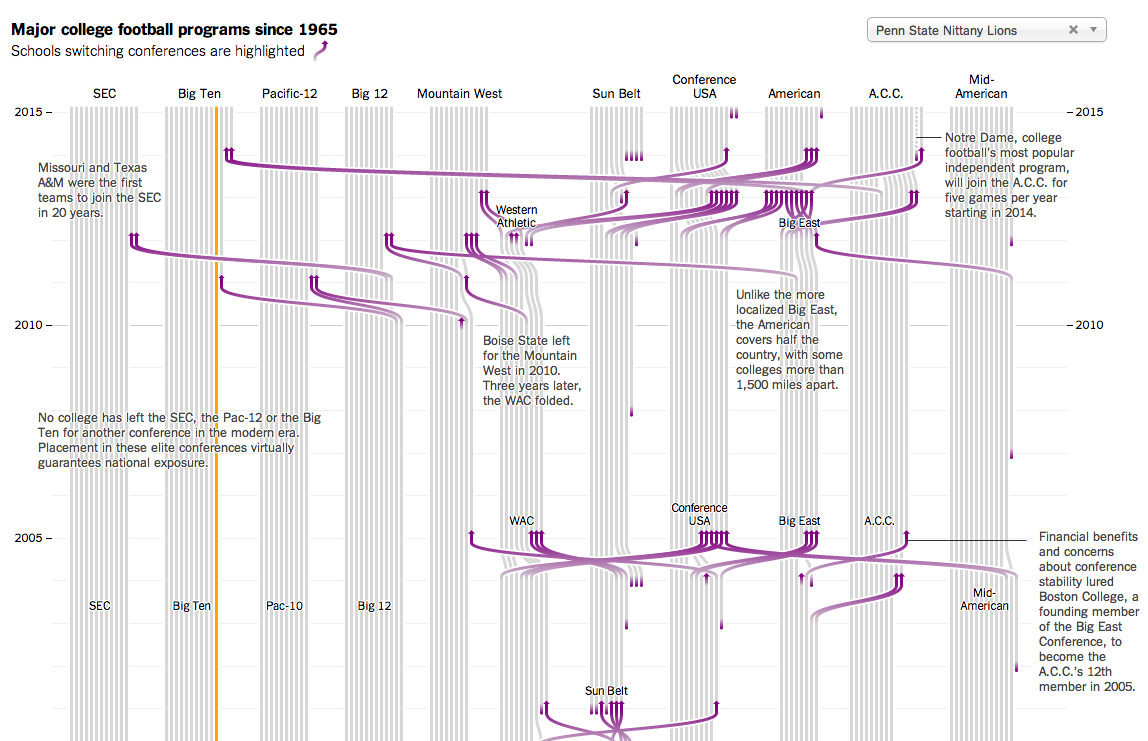This is an interesting piece from Brain Pickings that looks at the literary careers of some of the 20th century’s greatest authors. Naturally, much debate will centre upon what is exactly a masterpiece, but if you take the subjectivity out of the graphic, you are left with an interesting piece. And I say interesting because in this case, I am not quite clear how I feel about this particular piece. But if I had the time I would love to be able to take a stab at it.

Credit for the original piece goes to La Lettura, I am unclear on who deserves the credit for translation.









